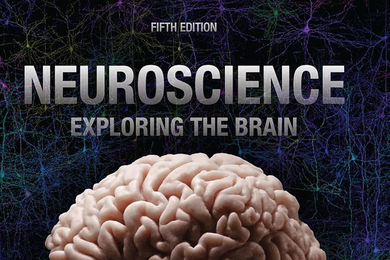Tina Voelker's heart may not belong to Sewannee, but her lab work has been tied to that river for the past couple of years. An assistant professor in the Department of Civil and Environmental Engineering (CEE), Dr. Voelker, along with CEE graduate student Megan Kogut, has been studying how copper binds up with humic substances -- the tea-colored organic material found in soil and rivers and coastal waters. And because far-flung researchers need some standard substance, they get the stuff from the Georgia river.
Why the interest in copper and humic substances? Professor Voelker explained that "most of the pipes in houses are copper, copper sulfate is used in reservoirs to kill algal blooms, and copper is a very prevalent metal in effluents."
While the metal is not toxic to humans, she says, "it is somewhat toxic to fish and very toxic to phytoplankton" -- a fundamental link in the food chain. Natural humic substances and other copper-binding compounds may also greatly affect the toxicity and bioavailability of metals in rivers and coastal waters. When organic matter binds with metals, noted Professor Voelker, the metals often become less toxic. However, in environments such as groundwater, they may also become more mobile.
Professor Voelker's work is funded by the US Geological Survey through the Massachusetts Water Resources Research Center. Thus far her research has been in the lab, but she intends to continue it in the field.
"In the long term, we'd really like to see if we're having some effect on the ecology with all the copper in the water in these densely populated areas," she said.
With a bigger picture in mind, she's exploring how the mobility and bioavailability of metals may play a role in larger environmental contexts, from water treatment to global carbon cycling.
A version of this article appeared in MIT Tech Talk on April 4, 2001.





